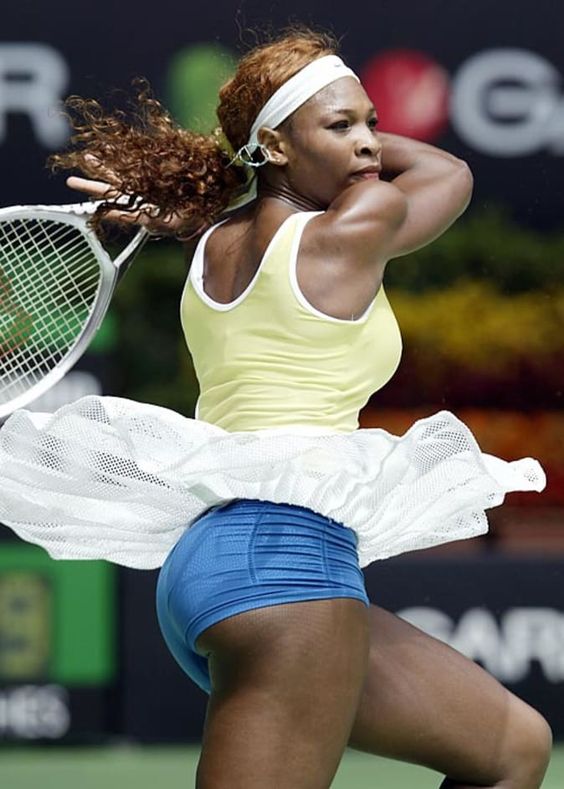Serena Williams is not just a name in the world of tennis; she is an icon who has transcended the sport. With 23 Grand Slam titles, millions of fans worldwide, and a legacy that will continue to inspire generations, Serena’s journey is a remarkable tale of perseverance, dominance, and sheer willpower. Her story serves as a beacon of hope for those who dare to dream and work relentlessly to achieve greatness.
### The Beginning: A Star Is Born
Born on September 26, 1981, in Saginaw, Michigan, Serena Jameka Williams was raised in Compton, California. Alongside her sister Venus, Serena was introduced to tennis by their father, Richard Williams. From a young age, Serena displayed an uncanny natural ability to dominate the tennis court. However, her rise to fame wasn’t solely due to talent. It was the hard work, discipline, and determination instilled by her father that set her apart.
Serena’s early years were filled with challenges. Coming from a neighborhood not traditionally known for nurturing tennis stars, she and Venus had to fight against both societal expectations and the challenges that came with competing in a predominantly white sport. Despite these obstacles, their father believed in their potential, often citing how he would turn his daughters into world champions. His prediction came true.
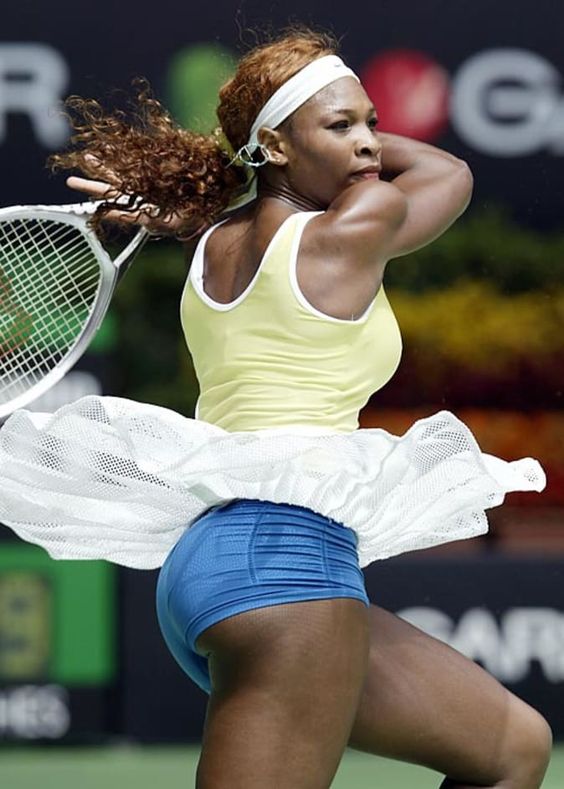
### Breaking Through: The First Grand Slam
Serena’s professional career began in 1995 at the age of 14, and just four years later, in 1999, she won her first Grand Slam at the U.S. Open. This victory was not just a win for her but for a generation of African-American athletes who saw her as a symbol of hope. Serena’s dominance on the court was clear from the start, and it was evident that she was destined for greatness. This Grand Slam victory was the first of many, and it marked the beginning of her reign as one of the greatest tennis players in history.
The win made Serena the second African-American woman to win a Grand Slam, following in the footsteps of Althea Gibson. Yet, Serena wasn’t satisfied with just one title. She was hungry for more, and that hunger would soon lead to the most successful career in women’s tennis.
### Dominating the Tennis World: 23 Grand Slams
Serena’s rise to the top was meteoric, and she continued to dominate the women’s tennis circuit for the next two decades. With 23 Grand Slam titles, Serena holds the record for the most Grand Slam wins in the Open Era, surpassing the previous record held by Steffi Graf.
From the Australian Open to Wimbledon, from the French Open to the U.S. Open, Serena has conquered every surface, proving herself as one of the most versatile and resilient players in tennis history. Her style of play—characterized by powerful serves, relentless determination, and strategic brilliance—set her apart from her competitors.
Serena’s 23 Grand Slam titles are a testament to her consistency, mental fortitude, and ability to rise to the occasion in the biggest matches. What’s even more impressive is that many of these victories came after periods of personal and professional challenges, making each win a story of resilience.
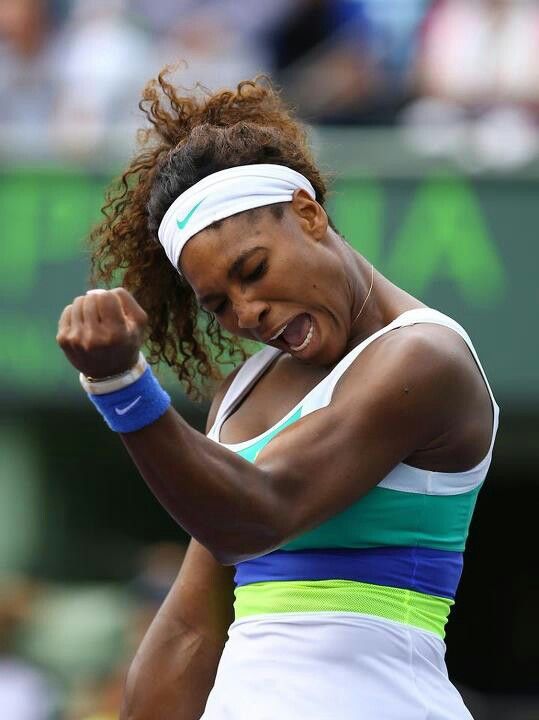
### Challenges and Comebacks: Battling Injuries and Personal Struggles
Throughout her career, Serena has faced numerous obstacles, from injuries to personal losses. Yet, every time she was knocked down, she came back stronger. In 2011, she suffered from a life-threatening pulmonary embolism that kept her away from tennis for several months. Most athletes would have found it difficult to return to the highest level of competition, but Serena’s resilience was unwavering.
Her return to the court after her health scare was nothing short of miraculous. In 2012, just a year after her illness, Serena won Wimbledon, the U.S. Open, and the Olympic gold medal in singles, completing one of the greatest comebacks in sports history. This period of her career cemented her status not only as a tennis player but as a global inspiration.
In addition to physical setbacks, Serena also navigated personal challenges, including the loss of her half-sister Yetunde Price in 2003. Despite the emotional toll, Serena remained focused on her goals and used her pain to fuel her success on the court. Her ability to channel personal hardships into motivation is one of the key reasons why she has been able to maintain such a high level of performance for so long.
### Becoming a Mother: A New Chapter
In 2017, Serena announced that she was pregnant, and she gave birth to her daughter, Alexis Olympia Ohanian Jr., in September of that year. Her pregnancy and the birth of her daughter marked a new chapter in her life, but it did not slow her down. In fact, Serena’s return to tennis after giving birth became another example of her incredible resilience.
Serena’s comeback post-pregnancy was another inspiring story. Just months after giving birth, she reached the finals of both Wimbledon and the U.S. Open in 2018. Although she didn’t win either tournament, her ability to compete at such a high level so soon after childbirth was a testament to her dedication and love for the sport.
Serena has spoken openly about the challenges of balancing motherhood and her career, often mentioning how she wants to be a role model for her daughter. She’s also been an advocate for maternal health, using her platform to raise awareness about the complications many women face during pregnancy and childbirth, particularly women of color.
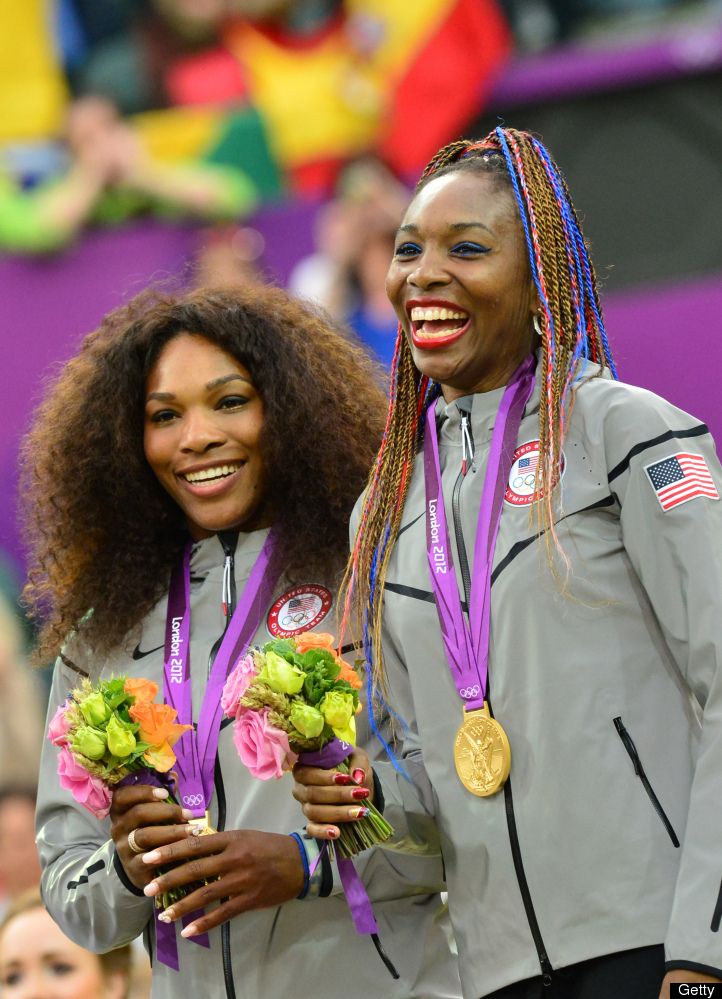
### Serena’s Impact Beyond Tennis: A Cultural Icon
Serena Williams’ influence goes beyond her achievements on the tennis court. She is a cultural icon, a role model, and an advocate for various causes. Over the years, she has broken down barriers for women in sports, especially women of color. Her success has opened doors for the next generation of athletes, proving that anyone, regardless of background, can achieve greatness with hard work and dedication.
Serena has also been a vocal advocate for gender equality, using her platform to speak out against the gender pay gap in sports. She has consistently called for equal prize money in tennis, and her efforts have helped bring about significant changes in the sport.
Beyond her activism, Serena has become a fashion icon, launching her own clothing line and collaborating with major brands. Her influence extends to business as well, as she has invested in various startups, particularly those led by women and people of color.
### Legacy and Future: The Serena Effect
Serena Williams’ legacy is not only defined by her 23 Grand Slam titles but by the millions of people she has inspired around the world. She has broken records, shattered stereotypes, and redefined what it means to be a champion.
Her impact on the sport of tennis will be felt for generations to come. Young players, both male and female, look up to her as a source of inspiration. The “Serena Effect” has led to a surge in participation in tennis, particularly among African-American girls who see her as proof that they, too, can succeed in a sport that was once dominated by white athletes.
As Serena approaches the later stages of her career, the question on everyone’s mind is: What’s next for her? Whether she decides to continue playing or retires to focus on her family and business ventures, one thing is certain—her legacy is already cemented as one of the greatest athletes of all time.
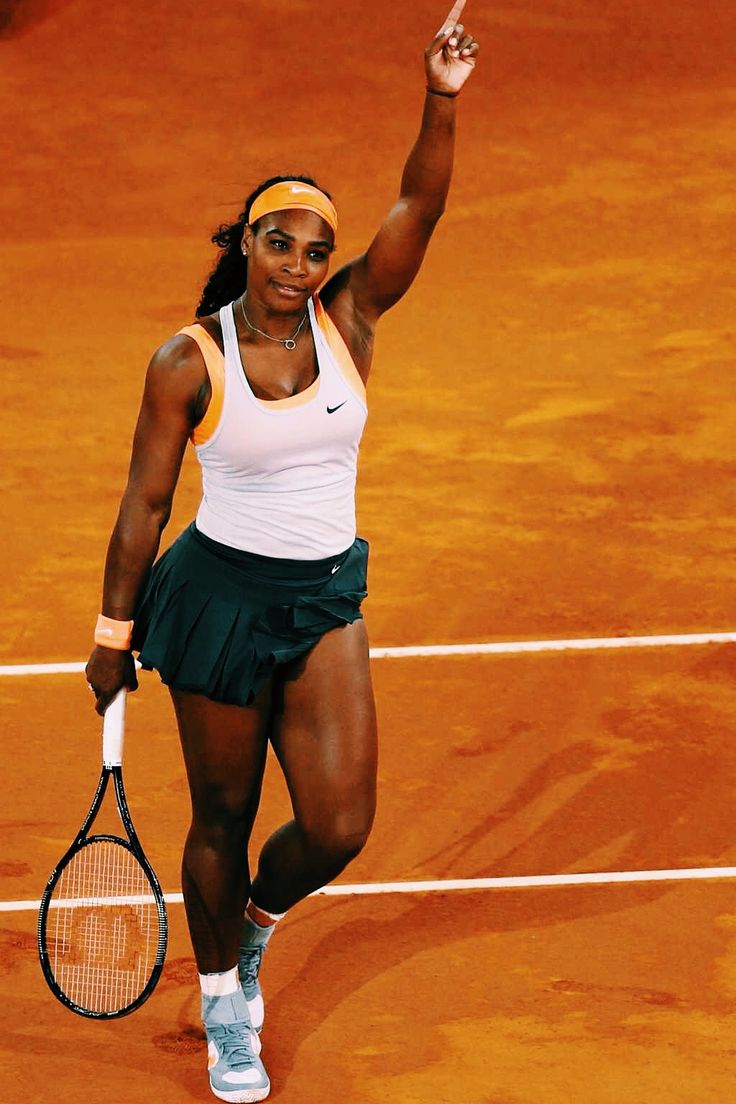
### Conclusion: A Champion for the Ages
Serena Williams’ journey from Compton to becoming the greatest tennis player in history is a story of overcoming adversity, breaking down barriers, and inspiring millions. Her 23 Grand Slam titles are a reflection of her unparalleled skill, but her legacy goes far beyond the numbers. Serena has changed the face of tennis, challenged societal norms, and become a symbol of strength, resilience, and perseverance.
Her story is a reminder that with hard work, determination, and belief in oneself, anything is possible. Serena Williams will forever be remembered as more than just a tennis player; she is an icon who has left an indelible mark on the world, both on and off the court.

